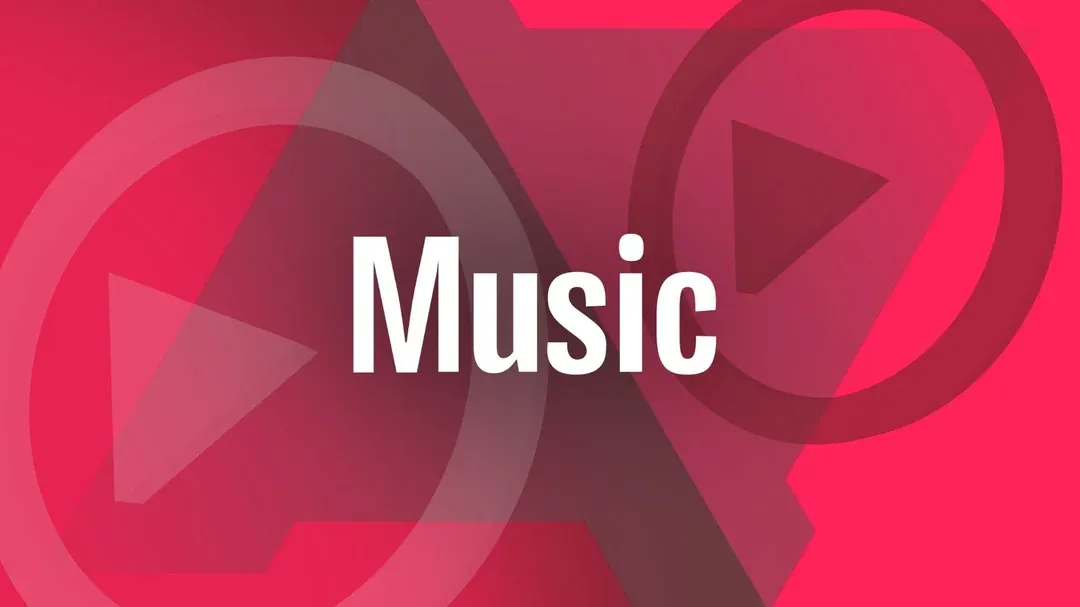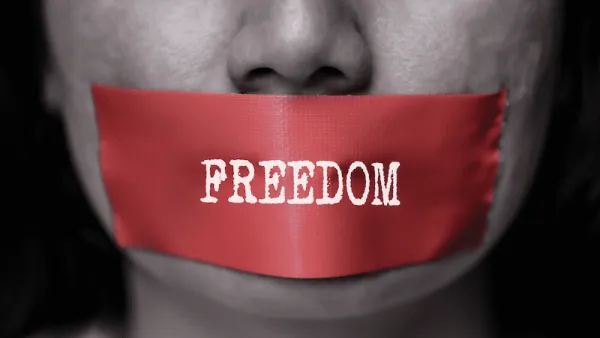Why YouTube Music is a Poor Choice for Listening to Podcasts

In recent years, YouTube Music has grown into one of the major players in the music streaming space, vying for attention alongside Spotify, Apple Music, and Amazon Music. With YouTube’s massive reach and Google’s resources, it makes sense that they’d try to expand into podcasts as well. However, anyone who has spent time using YouTube Music for podcasts knows that the experience is far from ideal. While the platform excels at music discovery and video integration, it falls short in nearly every aspect of podcast listening.
This post breaks down the main reasons why YouTube Music simply isn’t a good app for podcasts and why listeners are better off sticking to more specialized platforms.
1. A Music-First Design That Ignores Podcast Needs
At its core, YouTube Music is a music app. Its entire interface, algorithm, and navigation system are designed around music albums, singles, and playlists. Podcasts, on the other hand, are fundamentally different—they’re episodic, often long-form, and require tools like episode lists, progress tracking, and playback customization.
On YouTube Music, podcasts are essentially shoved into the same framework as albums or playlists. This makes it awkward to browse episodes, keep track of where you left off, or manage subscriptions the way you can with a true podcast app. The lack of podcast-centric navigation leaves listeners constantly fighting the platform instead of enjoying their shows.
2. Poor Discovery and Recommendations
One of YouTube Music’s strengths for songs—algorithmic recommendations—doesn’t translate well to podcasts. The recommendation system prioritizes music consumption habits over spoken-word content. If you listen to a couple of podcast episodes, the app doesn’t reliably suggest new, relevant shows the way Apple Podcasts or Spotify does.
Podcasts thrive on niche communities and curated recommendations, but YouTube Music flattens that ecosystem. It’s far easier to discover a new pop single than a thoughtful long-form podcast within the app.
3. Lack of Playback Features
Dedicated podcast apps provide listeners with features specifically designed for spoken audio, such as:
- Variable playback speeds (0.5x, 1.2x, 1.5x, 2x, etc.)
- Smart skip or silence trimming
- Automatic bookmarking of unfinished episodes
- Episode queuing and download management
YouTube Music either lacks these entirely or implements them poorly. For example, the app often fails to remember where you left off in an episode if you exit and return later. That’s a deal-breaker for hour-long podcasts.
4. Limited Offline Support
Podcasts are the kind of content people want to take on the go—on commutes, flights, or hikes where internet access is unreliable. While YouTube Music technically allows downloads, the offline experience is clunky. Downloads are buried, storage management is poor, and the app doesn’t prioritize podcasts the way Spotify or Pocket Casts does.
In contrast, dedicated podcast apps make offline listening effortless, allowing listeners to auto-download new episodes as soon as they’re released. With YouTube Music, you’re forced to manually manage content in a way that feels outdated.
5. Separation from the YouTube App
Ironically, YouTube itself is one of the largest podcast platforms in the world. Many podcasters upload their episodes directly to YouTube, and audiences are already used to consuming them there. However, Google has fractured the experience by moving podcasts into YouTube Music.
This creates unnecessary friction. If you’re used to watching a podcast video on YouTube, you might not even find the same show in YouTube Music—or it may be incomplete. This disconnect between YouTube and YouTube Music confuses users and undermines the appeal of having everything “in one place.”
6. Weak Library and Subscription Management
Podcast listeners often subscribe to a large number of shows, some of which release daily episodes. Managing that library requires a clean, organized system with filters, folders, and episode prioritization.
YouTube Music has none of that. Subscribing to multiple podcasts quickly becomes chaotic. There’s no easy way to separate music and podcast feeds, which leads to a cluttered home screen and a frustrating user experience.
7. Community and Metadata Gaps
Podcast apps like Apple Podcasts or Pocket Casts pull in rich metadata: episode descriptions, show notes, timestamps, links, and more. They also offer ratings, reviews, and social proof that help listeners decide what to try next.
On YouTube Music, metadata is often stripped down or missing entirely. Show notes may not display properly, making it hard to follow up on references or links mentioned in episodes. The lack of community features, such as ratings and reviews, further isolates listeners from the broader podcasting culture.
8. Competition Does It Better
Finally, the simple truth: other apps are just better. Spotify has heavily invested in podcast integration, offering robust discovery, exclusive shows, and playback features. Apple Podcasts remains the gold standard for simplicity and reliability. Pocket Casts, Overcast, and Podcast Addict offer power-user features like smart playlists, fine-tuned playback controls, and rich metadata support.
Compared to these, YouTube Music feels like an afterthought—a music app reluctantly hosting podcasts rather than embracing them.
Conclusion
YouTube Music may be a solid app for streaming music, but it is not a good home for podcasts. From its music-first design and weak discovery tools to its lack of playback features and poor integration with the main YouTube platform, it fails to meet the needs of podcast listeners.
If you care about podcasts—whether you’re a casual listener or a dedicated fan—you’re better off with apps designed for the medium. YouTube Music may have the reach of Google behind it, but until it takes podcasting seriously, it will remain a second-rate option in this space.

